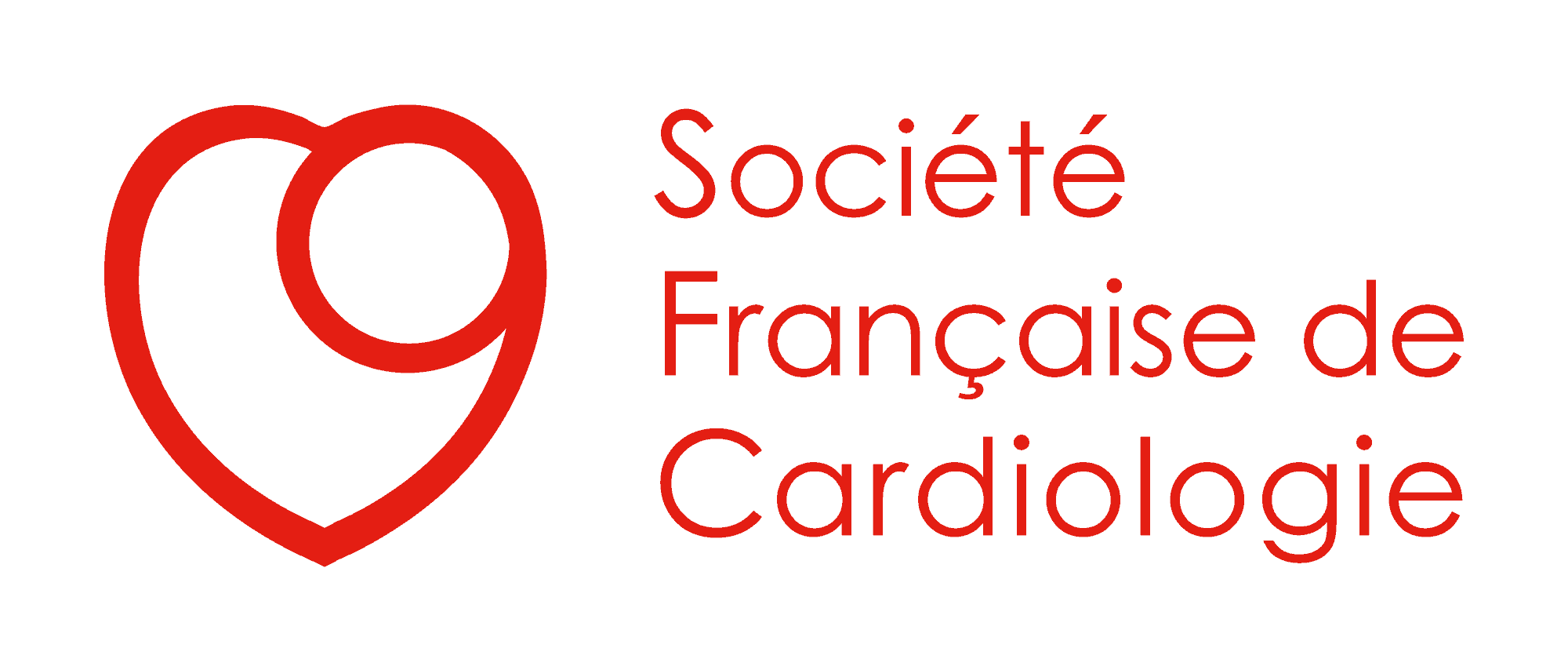Suivez-nous sur les réseaux sociaux !
Retrouvez les articles immanquables des Archives of Cardiovascular Diseases, revue scientifique mensuelle en anglais de notoriété internationale.
Voici un aperçu rapide des sujets abordés dans cette publication :
Dernières publications
Publications
Lipid-lowering efficacy and safety of alirocumab in a real-life setting in France: insights from the ODYSSEY APPRISE study
Voici un aperçu rapide des sujets abordés dans cette publication :
Archives of Cardiovascular Diseases | Article du mois – Janvier 2023
Patrick Henry, Bertrand Cariou, Michel Farnier, Sarah L. Lakhdari, Bruno Detournaye
Summary
Background
Recently, a multicentre, prospective, single-arm, phase 3b, open-label trial was conducted to determine the safety and efficacy of alirocumab, a proprotein convertase subtilisin/kexin type 9 inhibitor, in a real-life setting. This study enrolled patients at high cardiovascular risk, with heterozygous familial hypercholesterolaemia (HeFH) or non-familial hypercholesterolaemia (non-FH). Results showed that alirocumab was well tolerated and resulted in a clinically significant reduction in low-density lipoprotein cholesterol (LDL-C).
Aim
This ancillary analysis aimed to describe the characteristics of the French patients enrolled in the study, the main results observed in this population according to their familial hypercholesterolaemia status, and adherence to treatment.
Methods
French data were analysed separately from the original dataset of the study.
Results
Among 215 French patients in the ODYSSEY APPRISE trial, 63.7% had non-FH, with a mean LDL-C concentration of 5.0 ± 1.8 mmol/L at baseline. The mean duration of alirocumab exposure was 72.4 ± 42.5 weeks, with only 48.4% of patients receiving statins concomitantly. At week 12, a mean reduction in LDL-C of 56.5 ± 17.8% was observed: 51.2 ± 22.8% in HeFH; 59.5 ± 13.2% in non-FH. This improvement in LDL-C started from week 4 and remained stable and sustained until week 120 in both populations. The overall incidence of severe treatment-emergent adverse events (TEAEs) was 33.5%. The most frequent TEAEs were myalgia (15.8%) and asthenia (15.3%). No tolerance or efficacy differences were observed between patients with or without established coronary artery disease or other cardiovascular disease, whatever the age of these events or considering the concomitant use of other lipid-lowering therapies.
Conclusions
In the French setting, alirocumab was well tolerated, safe and highly effective at reducing LDL-C. These findings support the use of alirocumab to manage hypercholesterolaemia in patients at high cardiovascular risk.
Partagez cet article :
Partagez cet article :
Written by : SFC
Plus de publications de la SFC

INTELLIGENCE ARTIFICIELLE New Threshold for Defining Mild Aortic Stenosis Derived From Velocity-Encoded MRI in [...]

CARDIOLOGIE PÉDIATRIQUE The Cardiovascular Care of the Pediatric Athlete | Lire l'article JACC CARDIO-ONCOLOGIE [...]




